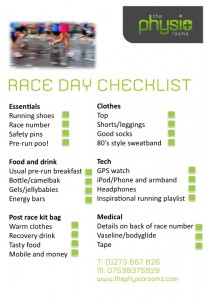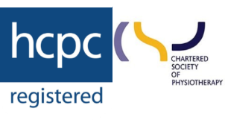As we are well into the excitement of the RBS 6 nations, you can see the gruelling nature of the sport and how these athletes need to do more than just strength and conditioning to stay injury free and match fit. Georgie our Pilates Teacher talks about her experiences with the sport. "I’ve been working with Harlequins Rugby team for the last 18 months doing one to one Pilates on the reformer with the players. The reformer is a versatile piece of Pilates equipment that has springs which you add for resistance. It is used to strengthen the core, work the body uniformly, and increase flexibility and mobility.
There are many professional rugby clubs that have also jumped on the band waggon of Pilates and have it as an integral part of the players fitness program. At Harlequins we have key players that are on my list for a session each week; those that are slightly older and really benefit from the mobility side of the session, key players that are in the starting 15 that the coaches want match fit week on week out, and those that have long term injuries that really benefit from the low impact and specific rehab strengthening exercises.
Pilates offers a completely different element to the rugby players overall program. It gets the players away from the high level, high impact muscle activation used at the gym or in their fitness session, and gets them tapping into a new side of training their bodies working more holistically, and at a lower level to reintroduce neuromuscular training patterns and activating weakened areas from injury back to where they should be. As you tend to feel so good after coming away from a session on the reformer you can imagine how popular Pilates has become at the club."
So for those of you out there unsure or nervous to give it a go the Pilates Reformer is a truly versatile piece of equipment for any age and gender and after a few sessions you’ll be hooked! As if you need convincing here is a few words from Danny Care who plays for England and is the Captain of Harlequins Rugby Team:
"Georgie has been vital for me in ensuring I am fit and ready to go for every training session and more importantly every match. I often turn up to training sore with a tight back but with Georgie's help and guidance through Pilates she ensures I am in great shape to train. She is incredibly professional and a joy to work with."
To find out more about Pilates please contact Georgie our Pilates Teacher. Alternatively for any help or advice or to book an appointment please contact us at one of our clinics.
















